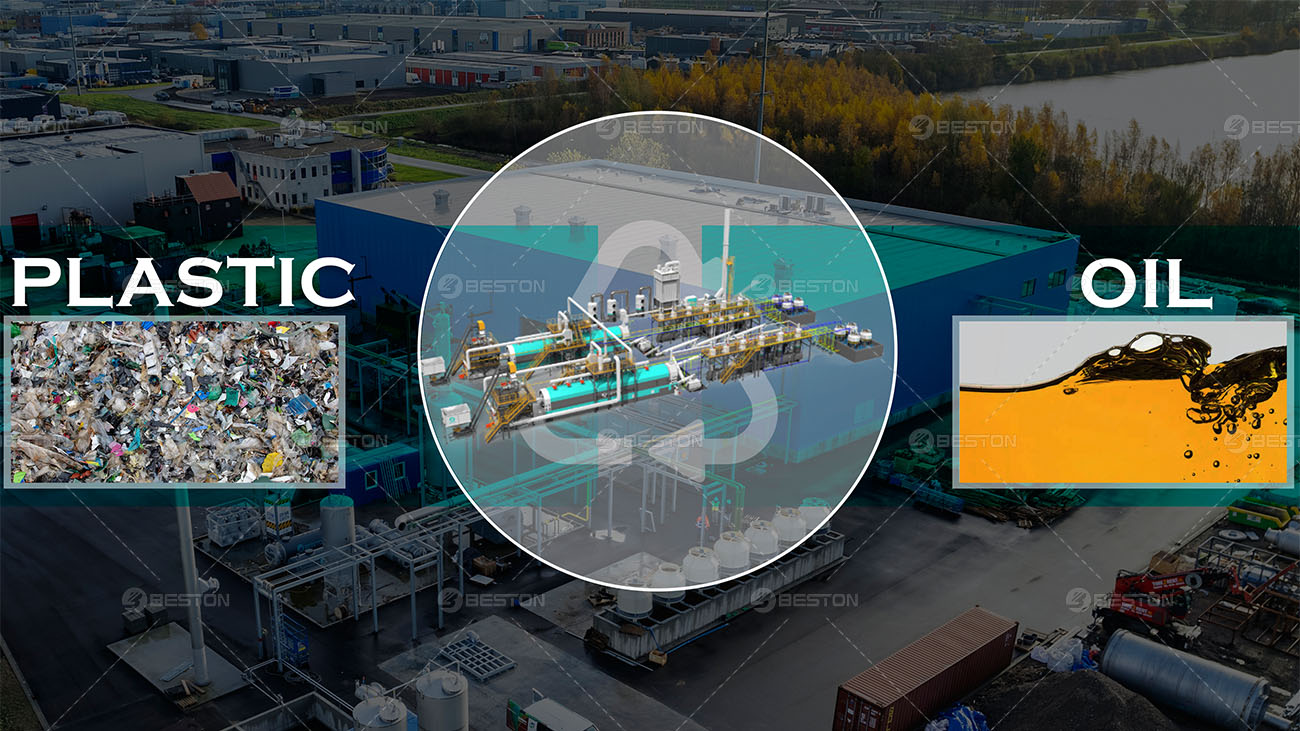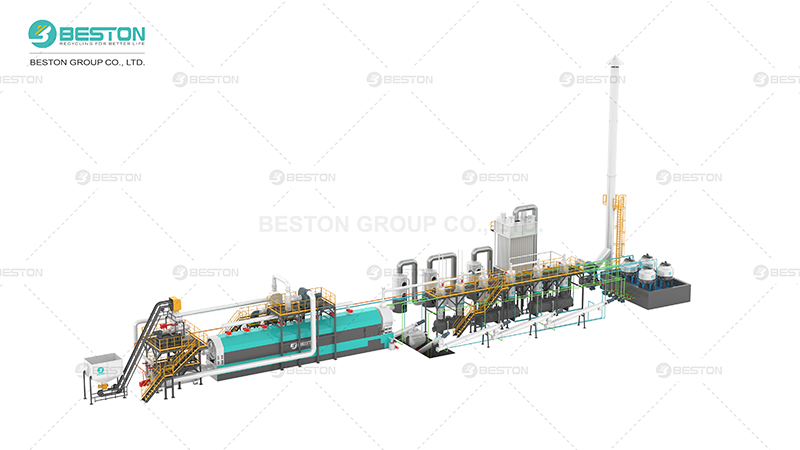In the realm of sustainable energy solutions, the conversion of plastic waste into valuable resources has emerged as a promising avenue. One such innovation is the utilization of plastic pyrolysis machines to extract pyrolysis oil from discarded plastics. This article delves into the intricacies of this process, exploring its technological underpinnings, environmental implications, and potential for widespread adoption.

Understanding Plastic Pyrolysis Machines
Plastic pyrolysis machine is sophisticated apparatus designed to break down plastic waste through the process of pyrolysis. Pyrolysis involves subjecting the plastic material to high temperatures in the absence of oxygen, leading to its decomposition into smaller molecular compounds. The waste plastic pyrolysis plant is equipped with advanced heating elements and reaction chambers optimized for efficient conversion of plastic into valuable products.
Operational Mechanism
The operational mechanism of a plastic pyrolysis machine revolves around several key stages:
- Feeding Stage: Plastic waste is introduced into the machine’s reactor chamber.
- Heating Stage: The temperature within the reactor is elevated to the optimal range for pyrolysis to occur.
- Pyrolysis Stage: Under high temperatures, plastic polymers undergo thermal decomposition, yielding pyrolysis oil, gas, and char.
- Collection Stage: The resulting products are then collected and processed further to obtain desired end-products.
Pyrolysis Oil: A Versatile Fuel Source
One of the primary outputs of plastic pyrolysis is Pyrolysis Oil, a dark, viscous liquid with a high energy density. This oil possesses several characteristics that make it an attractive fuel source for various applications:
- Energy Content: Pyrolysis oil from plastic to oil machine contains a significant amount of energy per unit volume, making it suitable for combustion in industrial boilers, furnaces, and power plants.
- Low Emissions: Compared to conventional fossil fuels, pyrolysis oil emits lower levels of harmful pollutants such as sulfur and nitrogen oxides, contributing to reduced environmental impact.
- Compatibility: Pyrolysis oil can be blended with diesel fuel or used as a standalone fuel, offering flexibility in its utilization across different sectors.
Applications of Pyrolysis Oil
The versatility of pyrolysis oil lends itself to diverse applications:
- Heat Generation: Pyrolysis oil can be utilized as a direct replacement for diesel fuel in heating applications, providing an eco-friendly alternative for space heating and water heating systems.
- Electricity Generation: In regions with limited access to conventional energy sources, pyrolysis oil can be employed in diesel generators to produce electricity, addressing energy shortages sustainably.
- Industrial Processes: Industries such as cement production, paper manufacturing, and food processing can utilize pyrolysis oil as a fuel source to power their operations, reducing reliance on fossil fuels.
Environmental Considerations
The adoption of plastic pyrolysis technology offers significant environmental benefits, mitigating the adverse impacts of plastic pollution while promoting resource efficiency:
- Waste Diversion: By diverting plastic waste from landfills and incineration facilities, pyrolysis technology helps alleviate the burden on waste management infrastructure, reducing the risk of environmental contamination.
- Carbon Neutrality: Unlike traditional fossil fuels, which release carbon dioxide from underground reserves, pyrolysis oil is derived from recycled plastic, making it a carbon-neutral fuel source when properly managed.
- Resource Recovery: Through the conversion of plastic waste into valuable products such as pyrolysis oil, the inherent value of discarded plastics is realized, fostering a circular economy approach to resource utilization.
Challenges and Opportunities
While plastic pyrolysis holds immense potential as a sustainable waste management solution, several challenges must be addressed to facilitate its widespread adoption:
- Technological Efficiency: Enhancing the efficiency and scalability of plastic pyrolysis machines is essential to maximize the conversion yield and economic viability of the process.
- Feedstock Quality: The quality and composition of the feedstock significantly influence the performance of pyrolysis reactors, necessitating proper sorting and preparation of plastic waste to optimize the process.
- Regulatory Framework: Clear regulatory guidelines and standards are required to ensure the safe and environmentally sound operation of plastic pyrolysis facilities, addressing concerns related to emissions, waste handling, and product quality.

Future Outlook
As advancements in materials science and engineering continue to drive innovation in waste-to-energy technologies, the future of plastic pyrolysis appears promising. With ongoing research and development efforts focused on enhancing process efficiency, improving product quality, and addressing environmental concerns, pyrolysis technology is poised to play a pivotal role in transitioning towards a more sustainable and resource-efficient society. If you want a professional waste plastic to fuel solution, please feel free to consult Beston Company.
In conclusion, plastic-derived fuel, particularly pyrolysis oil produced through advanced plastic pyrolysis machines, represents a viable pathway towards addressing the dual challenges of plastic pollution and energy security. By harnessing the potential of innovative technologies and embracing a circular economy mindset, we can pave the way for a greener, more sustainable future.